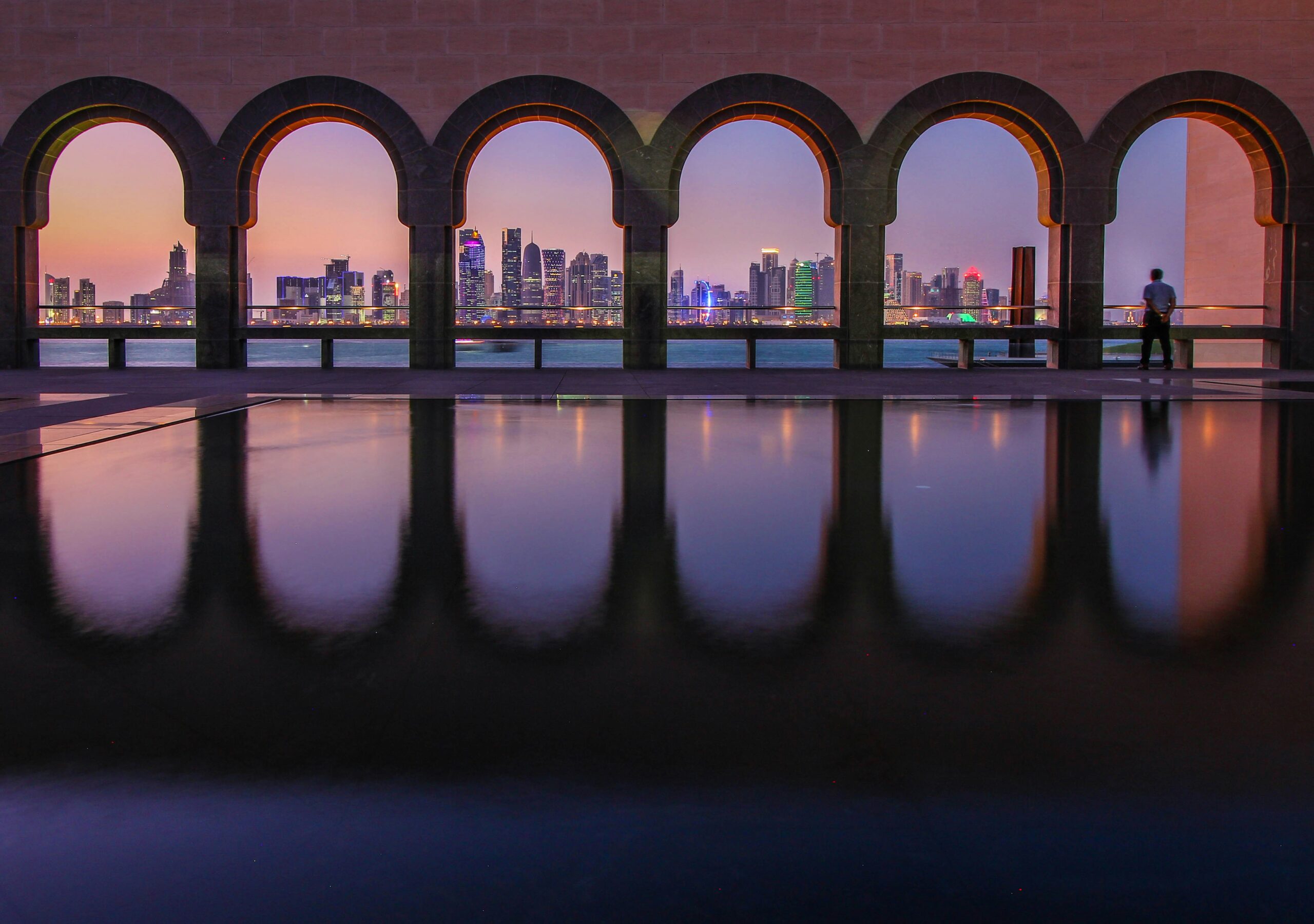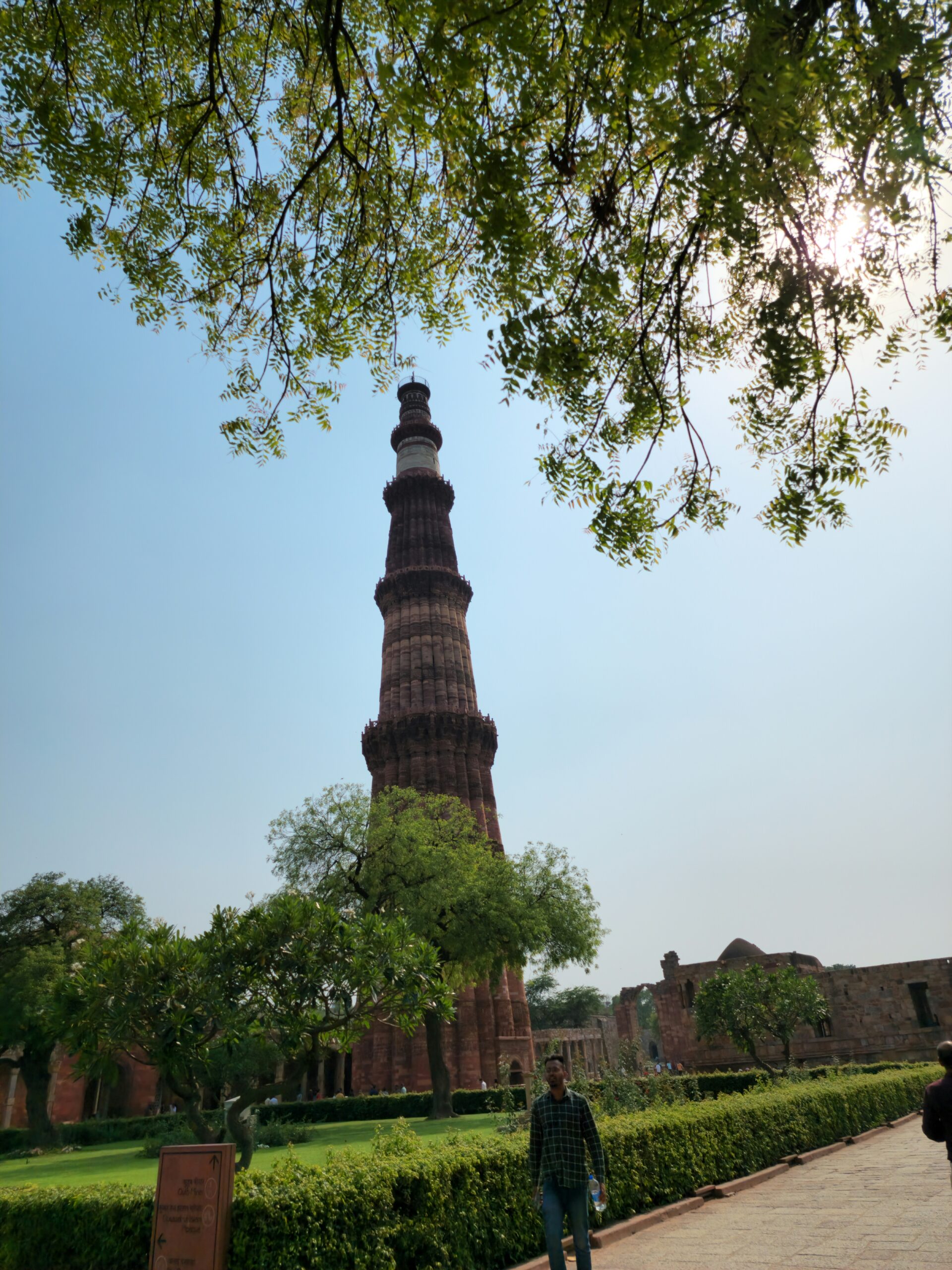Introduction
As cities around the world become increasingly popular tourist destinations, ensuring the safety of visitors has become a top priority. One effective way to enhance tourist security is through the use of user interface (UI) and user experience (UX) strategies in city safety alert systems. In this blog post, we will explore some key UI/UX strategies that can be implemented to improve safety alerts and provide tourists with a sense of security.
1. Clear and Intuitive Design
The first step in creating an effective city safety alert system is to ensure a clear and intuitive design. Tourists who are unfamiliar with the city should be able to easily understand and navigate the alert system. This can be achieved through the use of simple and familiar icons, clear language, and intuitive user flows.
By designing the alert system with the user in mind, tourists can quickly access important safety information without feeling overwhelmed or confused. A well-designed UI/UX will enable users to easily understand the severity of the alert, the location of the incident, and any recommended actions they should take.
2. Personalization and Localization
Personalization and localization are key factors in enhancing the effectiveness of city safety alerts. By tailoring the alerts to the individual user and their specific location, tourists can receive relevant and timely information that is most useful to them.
For example, a tourist visiting a city can opt to receive safety alerts based on their current location. This allows them to stay informed about any potential risks or incidents in the area they are exploring. Additionally, the alerts can be personalized based on the user’s preferences, such as the types of incidents they want to be notified about.
3. Multilingual Support
Cities often attract tourists from all over the world, and it is crucial to provide safety alerts in multiple languages. By offering multilingual support, cities can ensure that tourists who may not be fluent in the local language can still understand and respond to safety alerts.
Implementing a language selection feature in the alert system allows users to choose their preferred language, ensuring that they receive alerts in a language they understand. This promotes inclusivity and helps tourists feel more secure and informed during their visit.
4. Real-Time Updates
City safety alerts should provide real-time updates to keep tourists informed about any changes or developments. This can be achieved through push notifications or regularly updated information on the alert system’s interface.
By providing real-time updates, tourists can stay informed about evolving situations and adjust their plans accordingly. Whether it’s a sudden weather change, a transportation disruption, or a safety incident, real-time updates enable tourists to make informed decisions to ensure their own security.
5. Integration with Existing Platforms
An effective UI/UX strategy for city safety alerts is to integrate the alert system with existing platforms that tourists commonly use. For example, integrating the alerts with popular navigation apps or travel websites can ensure that tourists receive safety information seamlessly during their trip planning or while exploring the city.
By leveraging existing platforms, cities can reach a wider audience and provide safety alerts in a way that is convenient and accessible for tourists. Integration with navigation apps can also help tourists navigate around potential safety risks and choose safer routes.
Conclusion
City safety alerts play a crucial role in ensuring the security of tourists. By implementing effective UI/UX strategies, cities can enhance the usability and effectiveness of their alert systems, providing tourists with the information they need to stay safe. Clear and intuitive design, personalization and localization, multilingual support, real-time updates, and integration with existing platforms are all key elements to consider when developing city safety alert systems. By prioritizing tourist security through UI/UX strategies, cities can create a safer and more enjoyable experience for visitors.












Leave a Reply